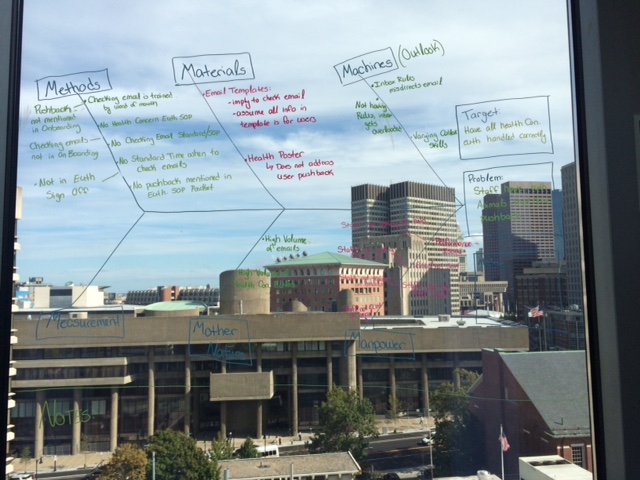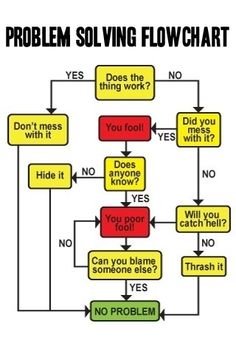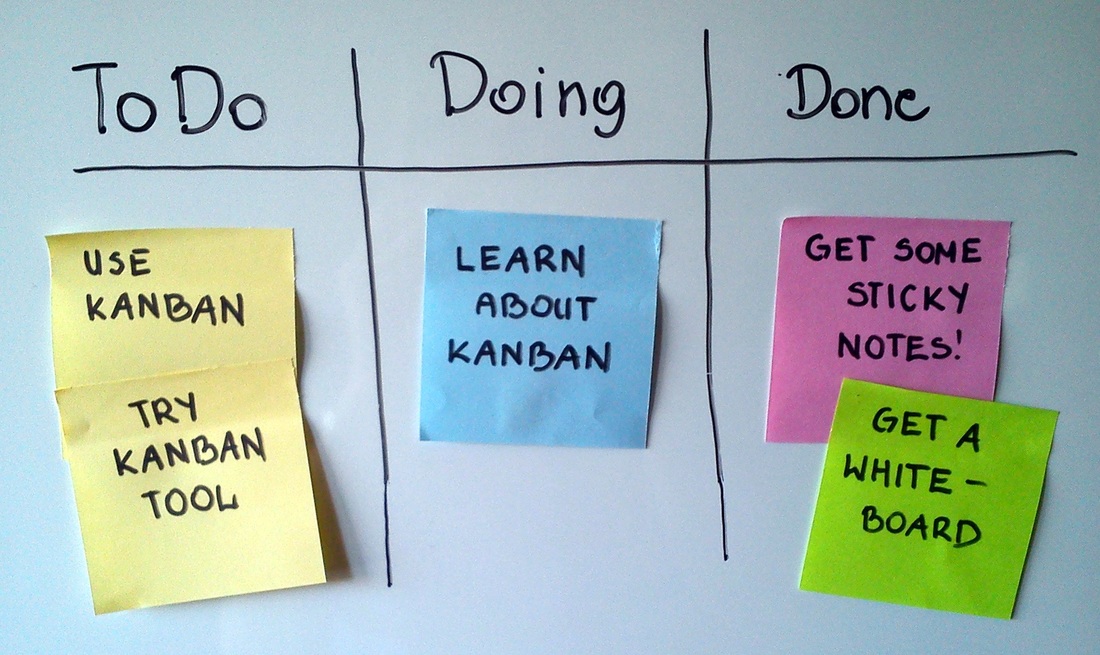While Lean Management is all about developing a robust problem-solving culture, there are several tools that will help you develop cross-functional thinking. The tools are merely a structured means to develop a nimble, problem-solving culture.
These tools may require explanation and assistance to teach, which is where your membership comes in super handy. Please call upon the knowledge and experience of our members in the Members Directory to assist you in the application of these tools.
From experience, don't do it alone, use the decades of collective knowledge of the Network.
We are all committed to your success and looking forward to helping you!
These tools may require explanation and assistance to teach, which is where your membership comes in super handy. Please call upon the knowledge and experience of our members in the Members Directory to assist you in the application of these tools.
From experience, don't do it alone, use the decades of collective knowledge of the Network.
We are all committed to your success and looking forward to helping you!
Visual Control Legend: "What is expected of me and what is expected of the PI?"
|
Visual Control Legend (MGH 2014) In a collaboration with the Art Institute of Boston, MGH challenged designers to develop a visual lexicon to help staff and customers understand what is expected of them 24 hours a day. This system makes the workplace intuitive and helps the multi-lingual investigators by answering questions before they are asked.
Lean allows us to shamelessly steal from each other. Variations of this system has been adopted by vivaria around the world. |
| |||||||||||||
|
Workplace Organization and Visual Workplace (McGill 2016) instructional video on how to apply the "5S" technique to achieve workplace organization and the use of visual management.
|
| ||||||
Understanding Waste: "the greatest productivity thief in your organization"
|
8-Waste Visual Control (MGH 2016) This visual control (suitable for framing) references each of the 8 Wastes that plague our workdays. Review this before viewing the Toast Videos below.
8-Waste Crime Scene Worksheet (MGH 2014) This tool enables staff to identify any of the 8-Wastes when they see it. This sheet is useful for Gemba Walks (or the Scene of the Crime) and when viewing the Toast videos below.
Identifying (Seeing) Waste:
|
| ||||||||||||
|
Toast Video Training Exercise Part 2 (GBMP 2013)
Part 1 would not be complete without Part 2. While Part 1 is painful to watch and may represent our every workday, Part 2 represents how continuous improvement can radically affect process outcomes. Note that in Part 1, the ultimate waste was not knowing what the customer clearly wanted in the very beginning. The entire process created scrap. Part 2 involves the customer as a stakeholder from the start and all the improvements that your staff identified as needed in Part 1. Thank you to the GBMP for allowing the VOE-Network to share this video with our members. |
|
Team Problem-Solving Tools & Techniques:
developing team problem-solving capability
|
Problem-Solving Sheet
(MGH 2013) Teaching structured problem-solving to your staff can be a daunting and scary exercise. Toyota developed the "A3" problem-solving tool that can still be intimidating to users. Technicians were given free license to develop a structured Problem Solving sheet of their own, and this was the result. Feel free to edit for your own needs. |
Toyota "A3"
This is the classic Toyota A3 Problem-Solving format. It's easy to use and should be a pencil-to-paper living, unpolished document used in real-time by the team at the point of the problem.
|
Problem-Solving Sheet
Based on the structure of the Toyota A3, technicians decided to create their own Problem-Solving Sheet that would work for them. If your staff is intimidated by the A3, challenge your staff to create their own Problem-solving sheet or storyboard using the Toyota methodology. Leadership's role is to coach the team through frequent check-ins to understand their thinking and to avoid rushing to solutions.
|
Guidelines
This instructional document was designed by technicians for technicians to outline the steps to complete the Problem-Solving Sheet (attached). The Problem-Solving Sheet flows in the same way as the Toyota A3 (also attached here). By allowing your staf to create their own Problem-Solving sheet using proven methodology, they become the architects of their own learning.
| ||||||||||||||||||
5-Whys and 1-How: a great place to start your team thinking...
|
5-Whys (MGH 2013)
The first step in developing Team Problem-Solving skills is in practicing the "5-Whys, 1-How" technique. The Fishbone tutorial addresses the method to guide the linear 5-Why discussion that often uncovers other problems. Attached are useful tools for developing the 5-Why skills with your teams. |
5-Why Template
The 5-Whys are an easy technique used to introduce your staff to understanding how causes cascade and breaks their habit of reacting to problems. While it's easy to follow, one person's perspective to "why" can be very different from another's. This s where discussion can be so important and highlights the lack of standardization.
|
5-Why Vivarium Simulation
This s a useful hypothetical simulation that walks your staff through the various levels of causation. In this case, there are "6-Whys" that are needed to identify root cause. Validation is always important by reversing the order from the bottom up. "This causes this to happen, which causes this which causes this..." etc. Try it with your staff.
|
The Jefferson Memorial
Corny, we know, but this is a fun way for your staff to see how the 5-Whys cascade. We advise that your staff watch it twice and capture the "causes" on the "5-Why" template as they hear them, then work together to agree on what they heard. No points for fashion violations. | ||||||||||||
Fishbone Diagraming for Vivarium Staff
|
Fishbone Diagramming
(MGH 2013) The 5-Whys is a highly effective exercise for single-cause problems, but most problems have multiple causes, which makes the Fishbone Diagram the next tool in their toolkit. The Fishbone enables the Team to categorize the causes to better identify effective countermeasures to eliminate those causes. The material found here is designed for a non-threatening introduction to deeper team problem-solving. |
Instruction Packet
These instructions guide the teacher through the steps in teaching the use of the Fishbone tool. While used in Kaizens and Problem-Solving routines, the Fishbone diagram exercise should be organic, inclusive and spontaneous. Everyone is asked to participate in identifying causes and root causes to a problem.
|
Fishbone Template
The Fishbone Worksheet looks intimidating, but it structures the team discussion and clusters causes into categories.
|
Mighty Mouse Case Study
This is an easy-peasy case study used to introduce the Fishbone technique to new technicians. The new employees work in a group to identify the problem, the causes of the problem and the categories that the causes cluster into. The final stage is for them to brainstorm potential countermeasures and to prioritize them on an Affinity Diagram to determine what changes they can implement to make the problem go away.
| ||||||||||||||||||||||||
PDCA doesn't mean "Please Don't Change Anything": what does it mean to you?
|
PDCA Introduction
(MGH 2013) Problems come in all shapes, sizes and complexity. When staff doesn't have the basic skills to Problem-Solve, all problems explode and the Leader finds themselves overwhelmed with extinguishing brushfires. Building a true Problem-Solving culture requires incremental training starting with the basics. Have your team analyze the video to the right to determine "what's the REAL problem" we see here. Does this video or flow chart reflect the problem-solving skills of your team? If yes, it's time to develop your team. |
Definition of Insanity
Can you relate to this Flowchart? Developing a problem-solving organization means that all people feel trusted to identify problems and that problems need to be celebrated in order for them to be solved. Don't be stuck in this chart. |
PDCA Everyday
This step-by-step tutorial guides your staff through the PDCA process of riding a bike. Based on the works of Shewhart and Deming, this simple but powerful process lays the foundation for developing an army of problem-solvers in your staff. Start small and stay small; ask your staff "what sucks about this process" and watch the thinking wheels turn. The PDCA process will help them find the best solutions to the tiny aging problems they face every day. Start small and stay small; don't try to solve world hunger or world peace; you're doomed from the start.
|
Is this your staff?
Does this seem like what happens every day at work? Do all problems end up with leadership? Why? Why? Why? What's the problem the passengers see in the video? What's the problem you see in the video? What's the real problem? Developing a problem-solving culture enables your staff to understand the real problem and to think of creative ways never to get stuck again. | ||||||
Workflow and Top-down Management
|
"Speed it Up Already!"
This classic video demonstrates many of the problems encountered in the vivarium (not only in cage wash):
More advanced students may use the "Wastewalk" sheet above to record their observations. |
| |||||||
Visual Workplace: "How are they doing? How do I know?"
|
The Visual Workplace at McGill University
(2016 Jarrod Nichol CLSSBB) The US Bureau of Labor Statistics clearly demonstrate that as worker's productive decline, unit labor costs rise by significant factors. http://www.bls.gov/lpc/ Lost worker productivity has a direct correlation to employee morale and a poorly designed workplace. The Lean community estimates that worker value-added activity can be as low as 5% in an organization that does not support the work! In this video, Lean Sensei Jarrod Nichol walks us through the steps that develop workplace organization and the social contracts that support the work in a vivarium. |
Way too complex?
(we know) This is a sample worksheet that helps define the criteria and to train the eye to "see" what a highly-organized and intuitive workplace could look like. Perfection is the enemy of the good; we don't advocate for perfection, only the deeper understanding that the 5S questions prompt. Understanding "why" each level is important enables your team to see the advantages of applying 5S to everything.
A Simpler Worksheet for Scoring 5S Workplace Organization
|
The Visual Workplace and Workplace Organization in the Vivarium at McGill University
(2016 Jarrod Nichol CLSSB) 5S Training Module (2014 Murli & Associates)
| ||||||||||||||||||
Lean Terminology: "what the heck is a Kanban?"
|
Terminology Handbook V1.0
Lean Management was based on the tools and techniques developed over 50 years by Toyota in Japan. Many of the terms used in Lean organizations retain their Japanese origins and words; some are not easily translated into English. Many organizations have replaced the Japanese terms with English terms, something we strongly advise you to do for ease of learning. These open-source handbooks are meant for reference only; take what you need and leave the rest behind. Modify as you see fit. Refer to the "Visual Control Legend" above for icon management. Please share your revisions with the VOE-Network community by sending them to: [email protected] |
| ||||||||||||||
Kanban Techniques
|
"Kanban" is an inventory-control system to control the supply chain. Developed at Toyota, kanban is used to "pull" material when needed to improve efficiency or to communicate status or next steps.
Based on the American supermarket model of replenishing only what is needed to fill a shelf when the critical "low point" is reached, Kanban is gauged by consumer demand, available resources or time it takes to reorder. Once staff understands how Kanban supports them, they will eagerly develop systems that will make materal replenishment seamless. |
|
Hazmat Encounter: What would you do?
|
What would they do?
Sometimes assumptions are made and communication missed that may expose technicians to a hazardous chemical encounter. While your processes and equipment may differ, this video may stimulate discussion among staff members to a) identify the problem, b) map out the current state, c) identify root causes and d) brainstorm potential countermeasures toward developing standardized response procedures as a team. Make up your own scenario and share it with our members! |
|






